Data Acquisition, Utility
Elevated Highway Column Testing
Elevated highways are common in new road construction. The road bed is raised above the land surface by columns, or piers, set deep in the ground. This is advantageous in places where road cuts might be impractical or expensive, or where the local ground will not support the road. The piers are typically set into boreholes, and these must be deep enough to bear the load of the road without tilting once in place. The piers are tested by placing a large hydraulic jack between the installed piers and exerting a lateral force continuously over several hours. The piers must not move more than a few inches apart under this force.
A typical test setup is shown in the diagram above. A string pot is attached to measure any creep in the distance between the piers under the applied force. A data acquisition system takes readings from the string pot every few minutes and records them over 12 to 16 hours. Often the data acquisition system also records the hydraulic pressure in the ram in order to verify that the force applied to the piers is within spec and continuous.
The Validyne UPC2100 or USB2250, along with a PC, can comprise the necessary data acquisition system for this test. A string pot is simply a potentiometer with a spring-loaded cable so that any displacement in the cable changes the voltage output of the potentiometer. The UPC series of sensor interfaces can supply the needed excitation to the string pot and scale the resulting voltage output into units of distance for recording to a text file. If a pressure sensor is used to record the hydraulic pressure, the UPC can interface to a wide variety of high pressure Validyne sensors.
The resulting record of force over time is used to prove the stability of the piers holding the elevated road, thus insuring their structural safety. Here is a study of lateral force tests on columns for an elevated roadway using cranes instead of hydraulic rams.
Feel free to contact one of our sales engineers at sales@validyne.com for more information on this setup.

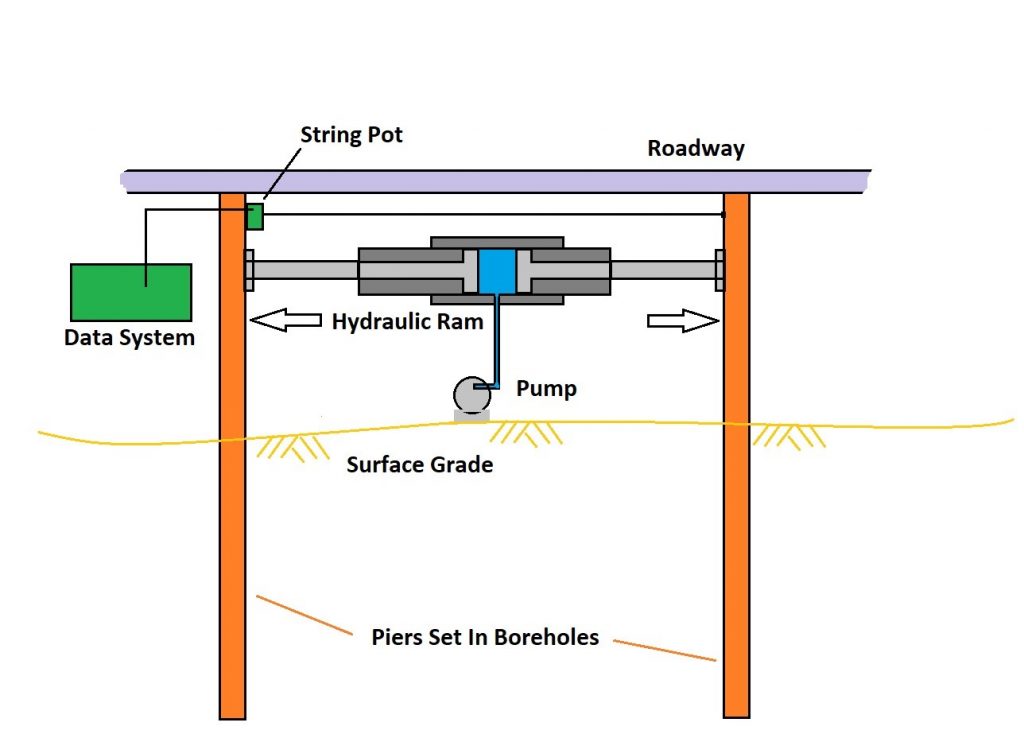
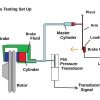
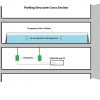
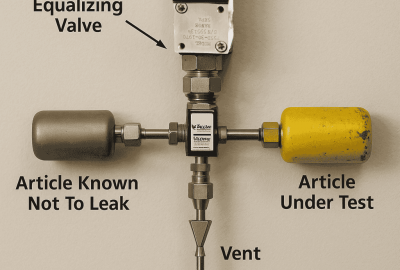

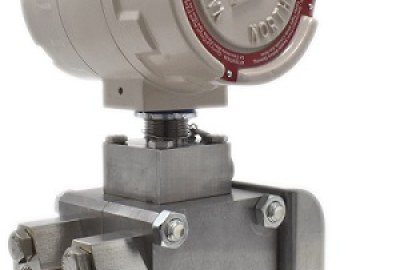
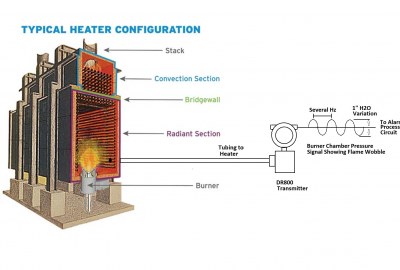
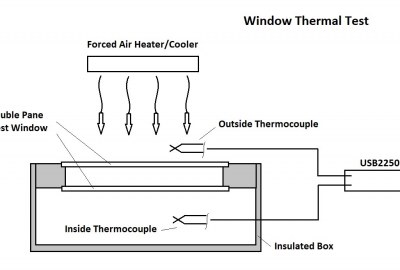
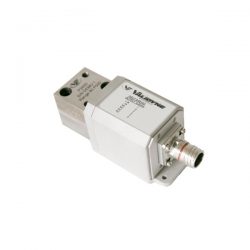
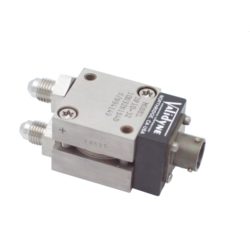
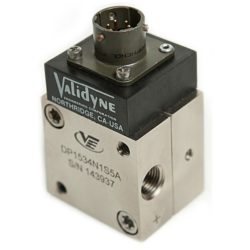
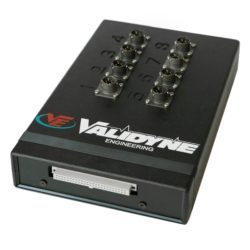
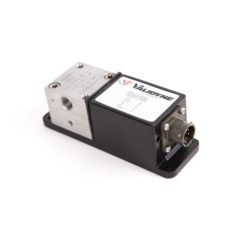
Leave a reply
You must be logged in to post a comment.